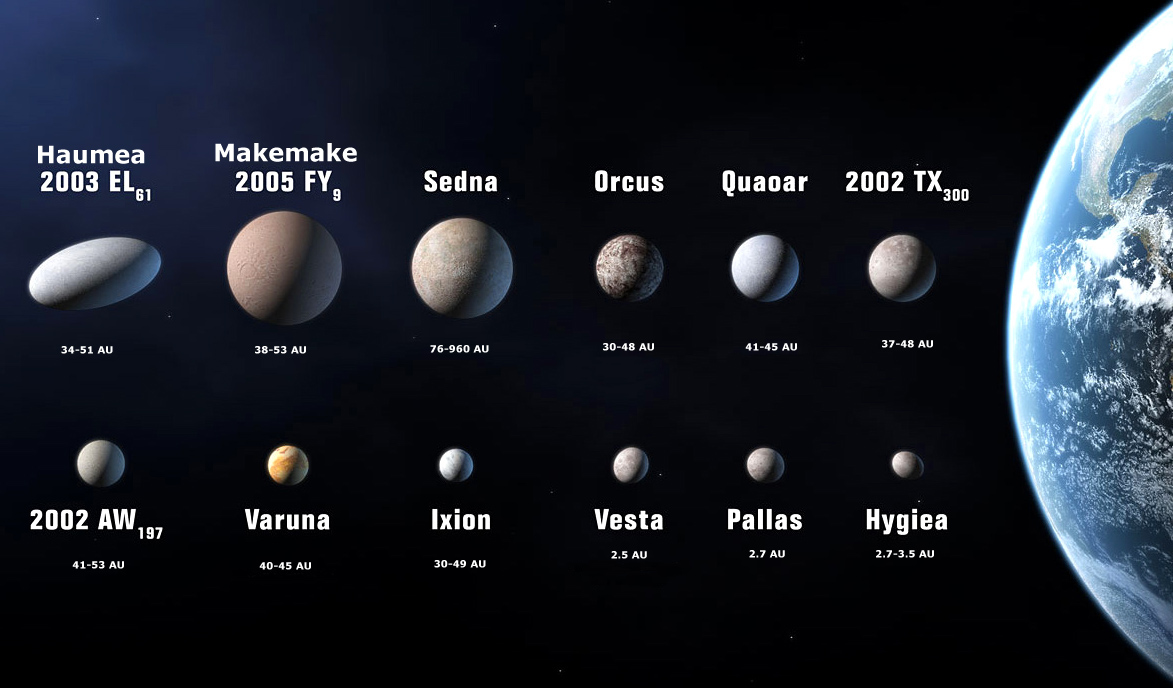Our solar system
The Solar System: An Overview
The solar system is a vast collection of celestial bodies that orbit around a central star, the Sun. These bodies include eight planets, five dwarf planets, numerous moons, countless asteroids and comets, and other small objects. The solar system is vast, with the average distance from the Sun to the Earth being 93 million miles. Despite its vastness, it is fascinating to study and learn about all the different objects that make up our celestial neighborhood.
The Eight Planets
Starting from the Sun and moving outwards, the first planet in our solar system is Mercury. This tiny planet is only about one-third the size of Earth and is the closest planet to the Sun. Due to its close proximity, Mercury experiences intense temperatures that can reach up to 800 degrees Fahrenheit.
Next up is Venus, which is often referred to as Earth's sister planet. Venus is similar in size to Earth and is often referred to as the Earth's sister planet, but its thick atmosphere makes it much hotter than Earth, with temperatures reaching up to 900 degrees Fahrenheit.
The third planet from the Sun is Earth, the only planet known to have life. It is unique in that it has the perfect conditions for life, with water, a stable climate, and the right amount of heat.
Mars, the fourth planet, is often referred to as the Red Planet. It is a dry, cold, and inhospitable world with a thin atmosphere and a surface that is covered in craters and canyons. Despite its harsh conditions, Mars has been the subject of numerous missions and studies in recent years as scientists search for evidence of past or present life.
Jupiter is the largest planet in our solar system, with a diameter of 86,881 miles. This gas giant has a thick atmosphere and is home to numerous moons, including the four largest, called the Galilean moons.
Saturn, the sixth planet, is similar to Jupiter in many ways, but it is slightly smaller and is known for its stunning ring system. The rings are made up of countless ice and rock particles and are one of the most recognizable features of Saturn.
Uranus and Neptune, the seventh and eighth planets respectively, are referred to as ice giants. These two planets are much smaller than Jupiter and Saturn and are covered in icy atmospheres. Uranus is notable for its unique axis tilt, which makes it rotates on its side, and Neptune is known for its large storms, including the Great Dark Spot.
The Dwarf Planets
In addition to the eight planets, there are also five dwarf planets in our solar system. These include Ceres, which is the largest dwarf planet and is located in the asteroid belt between Mars and Jupiter, and Pluto, which was once considered a planet but was later reclassified as a dwarf planet.
The Moons
In addition to the planets and dwarf planets, there are also countless moons in our solar system. Some of the most notable include Earth's moon, which is the largest moon in proportion to its planet, and the Galilean moons, which are the four largest moons of Jupiter.
The asteroids and comets
Finally, there are numerous asteroids and comets that make up the rest of the objects in our solar system. The asteroids are mostly located in the asteroid belt between Mars and Jupiter, while comets are made up of ice, rock, and dust and orbit the Sun in highly elliptical orbits.
In conclusion, the solar system is an amazing and complex collection of objects, each with its own unique features and characteristics. From the hot, barren landscape of Mercury to the icy world of Neptune, each planet, dwarf planet, moon, and comet has.







Comments
Post a Comment